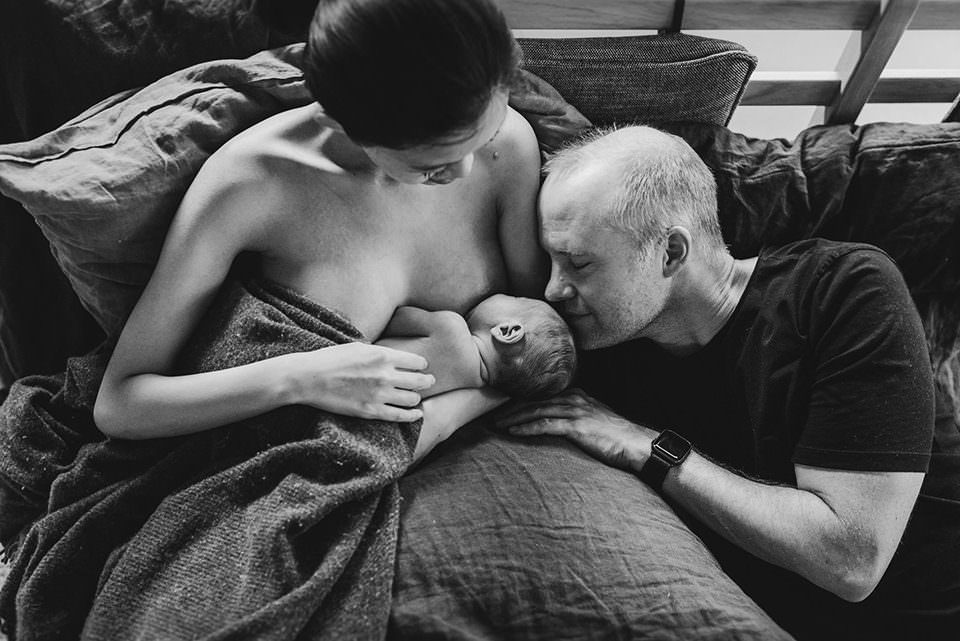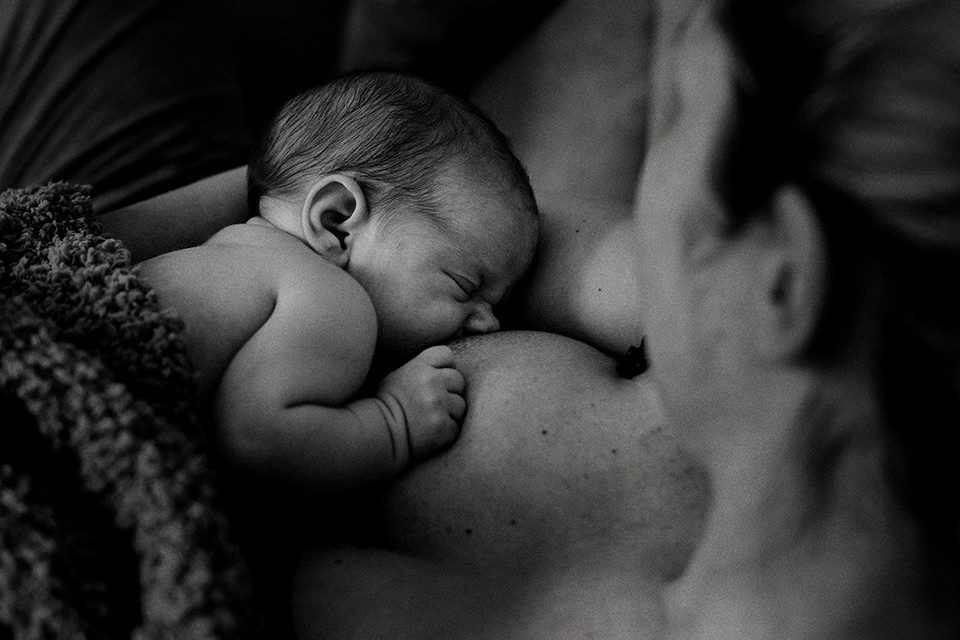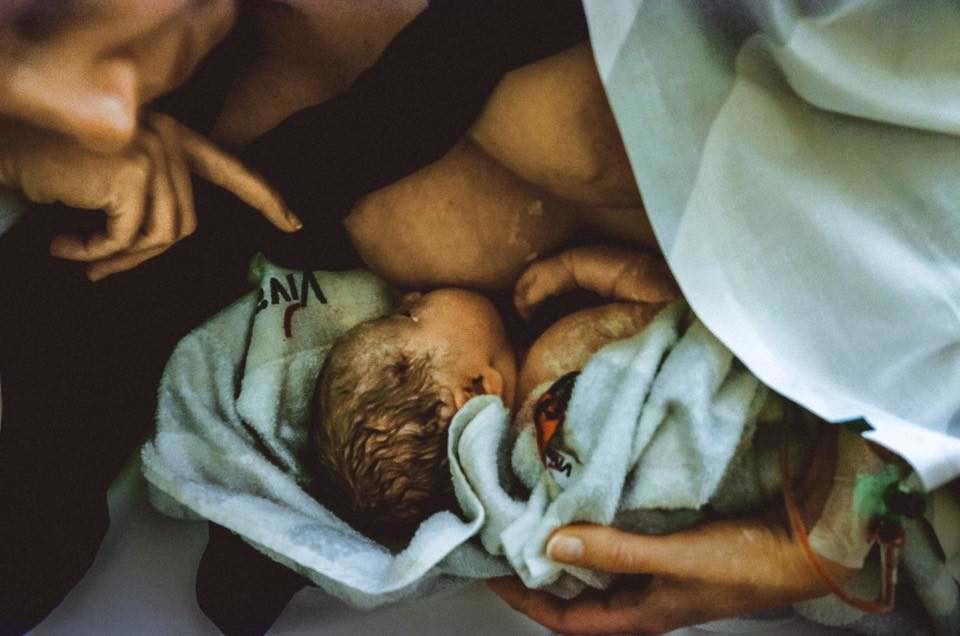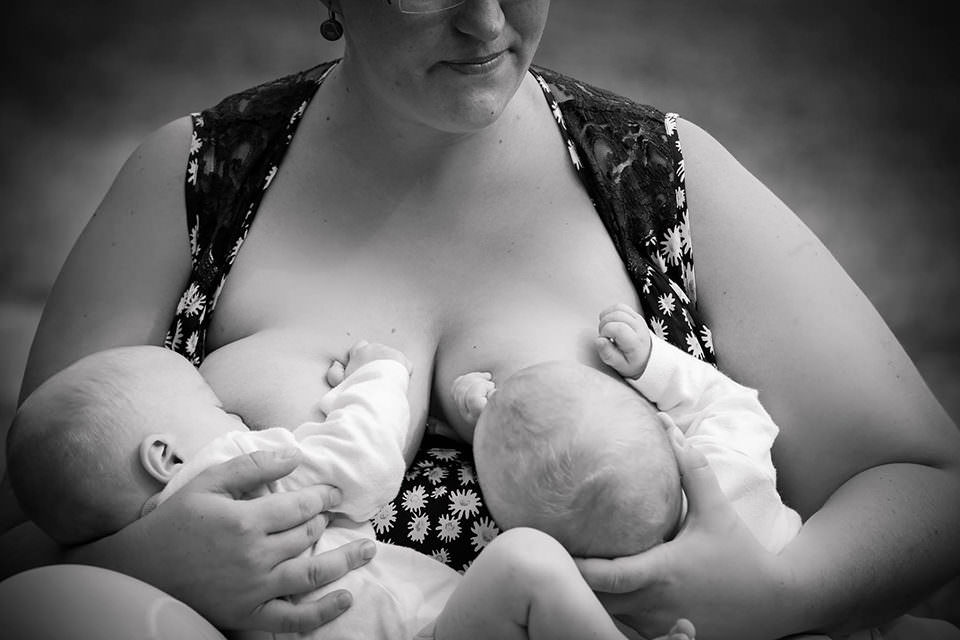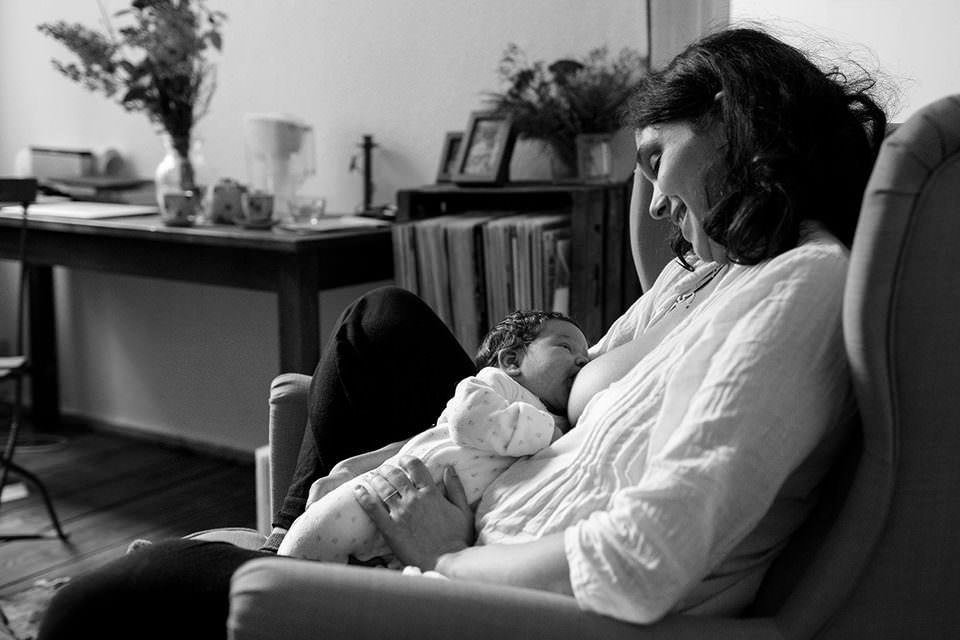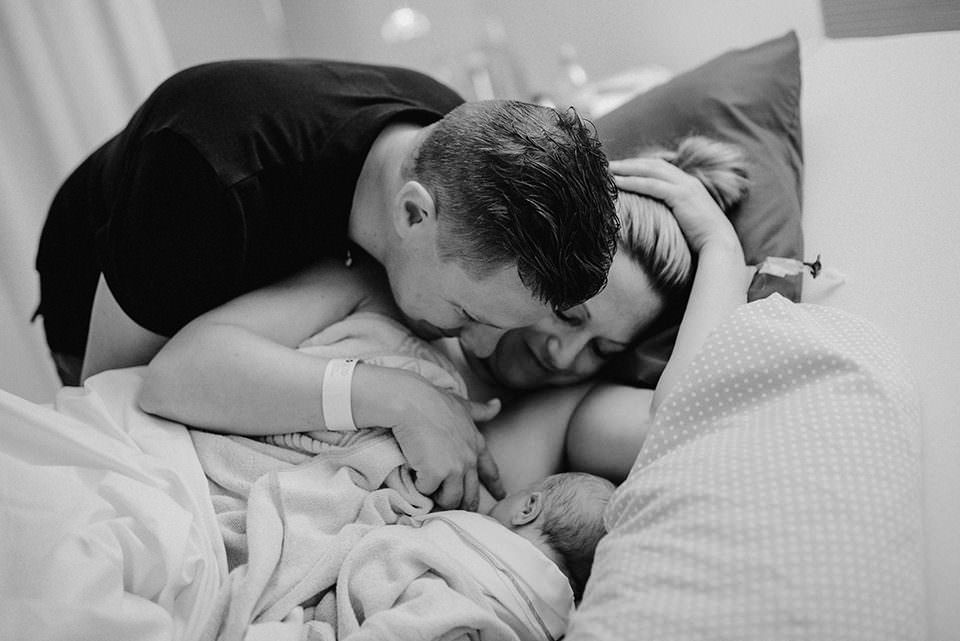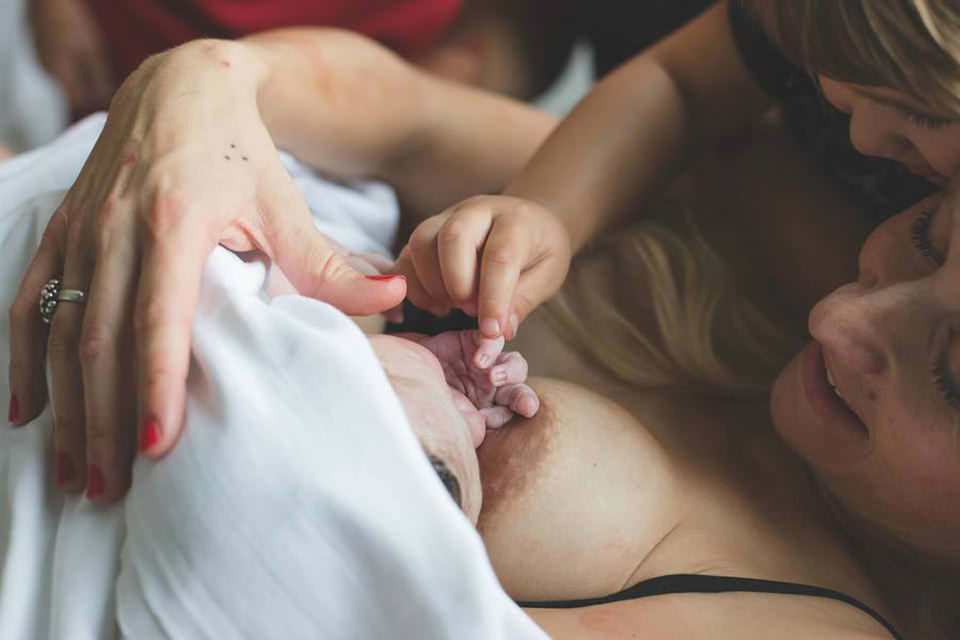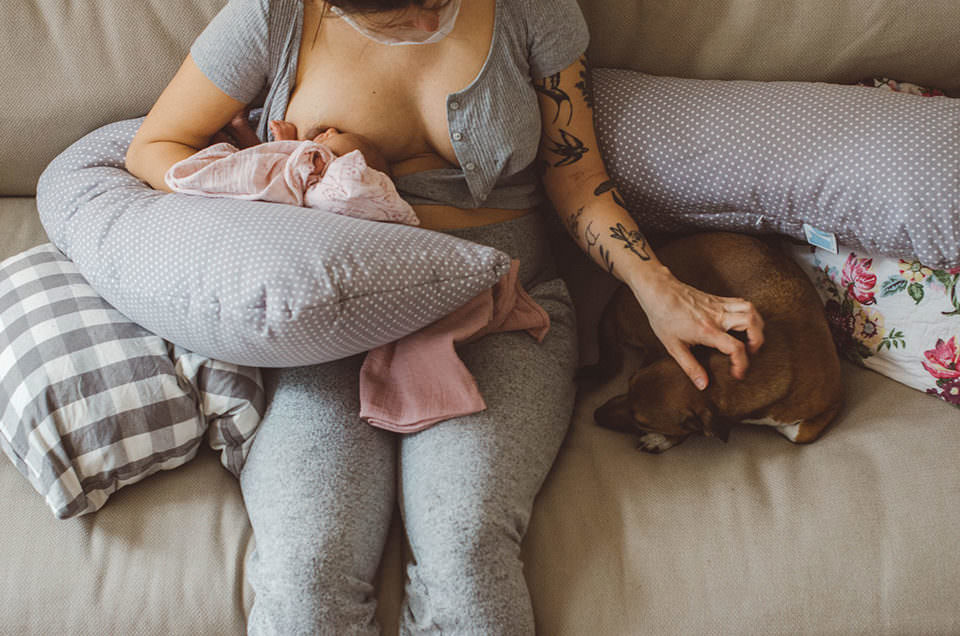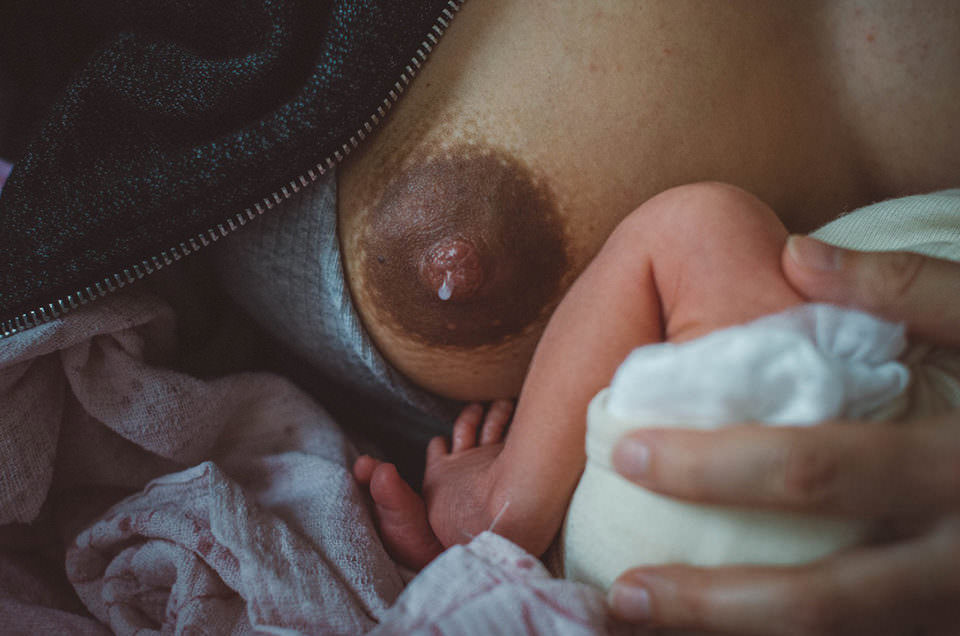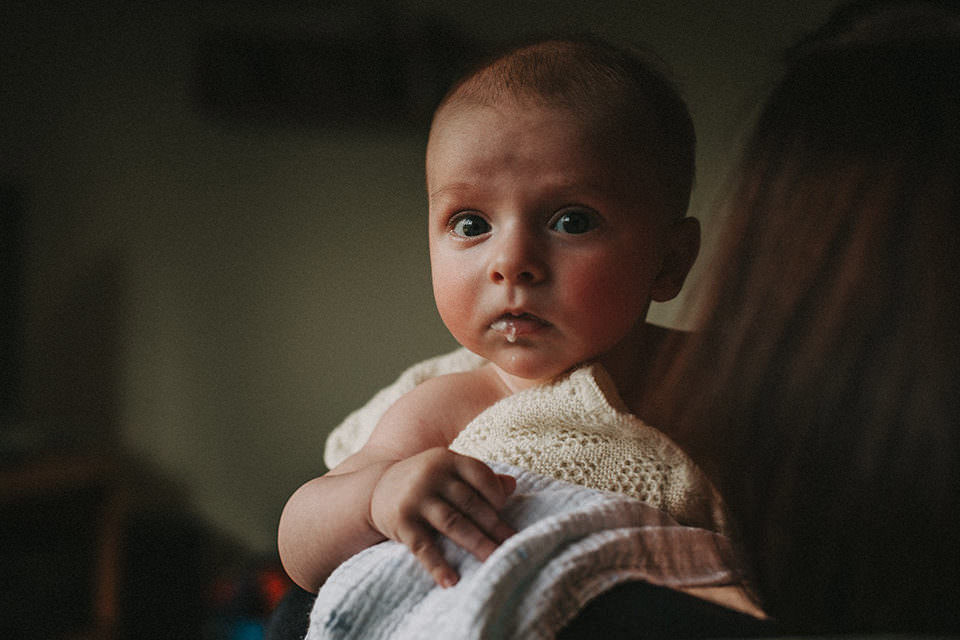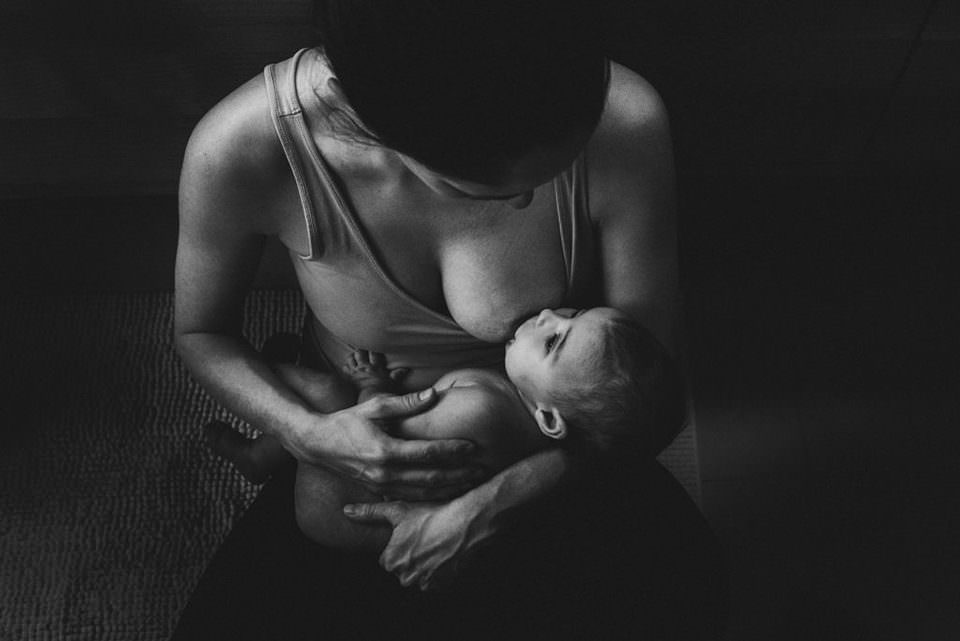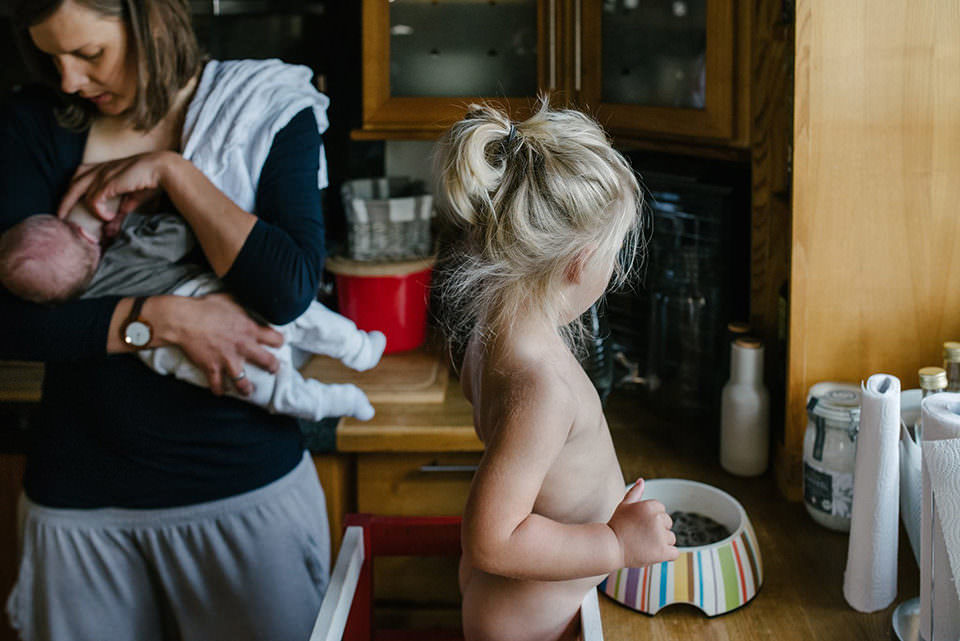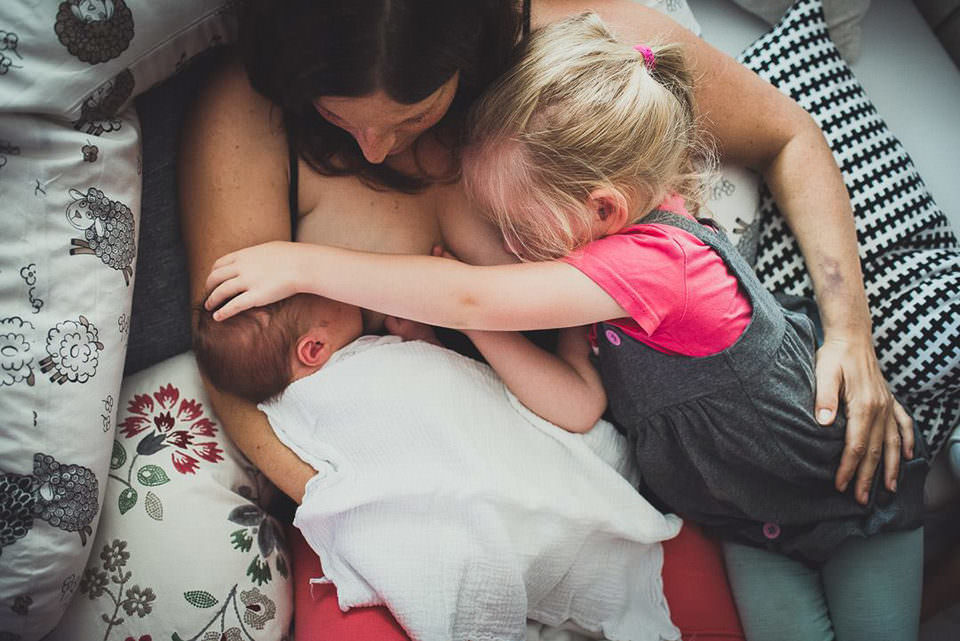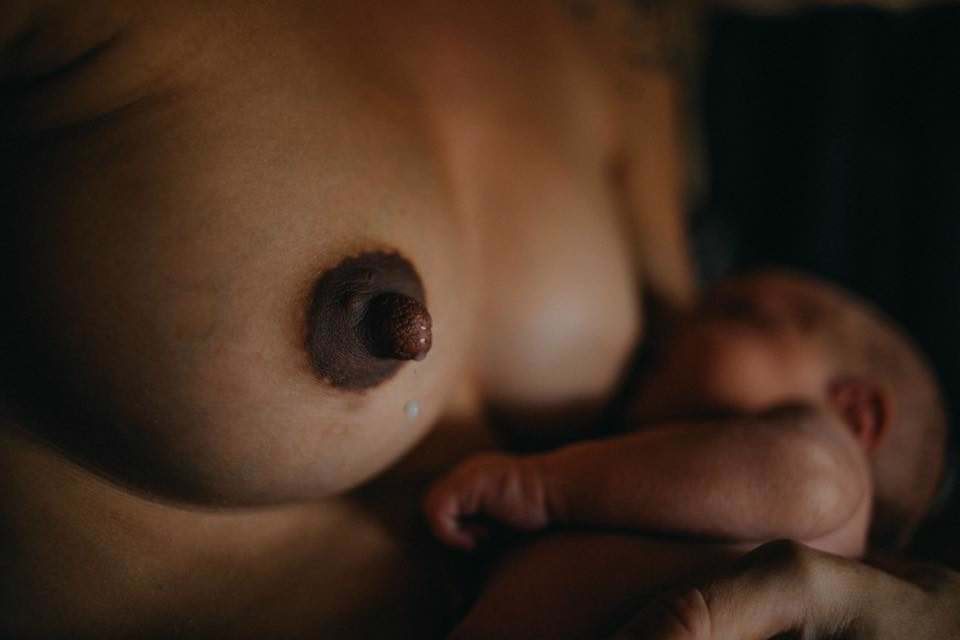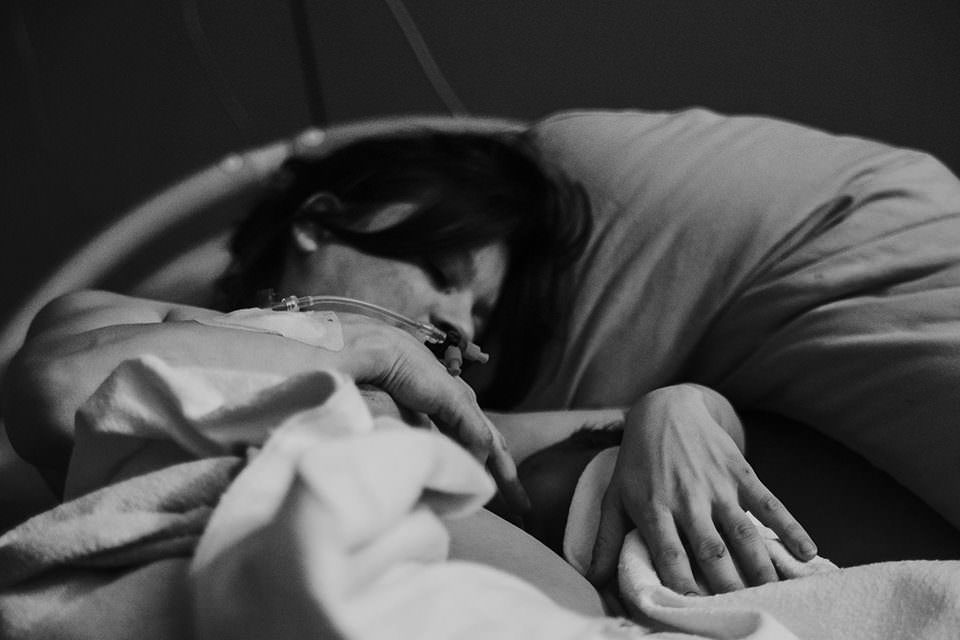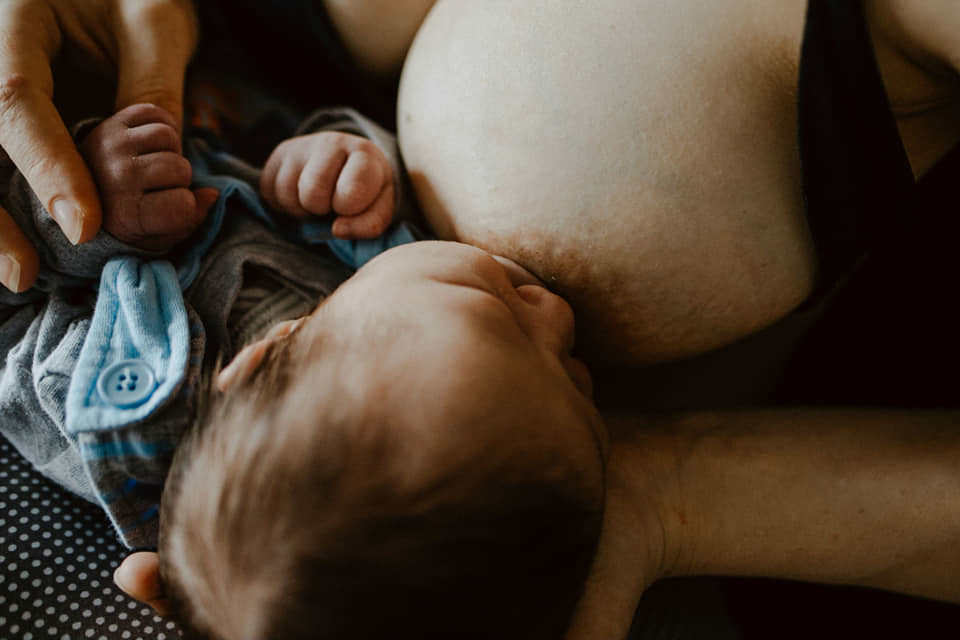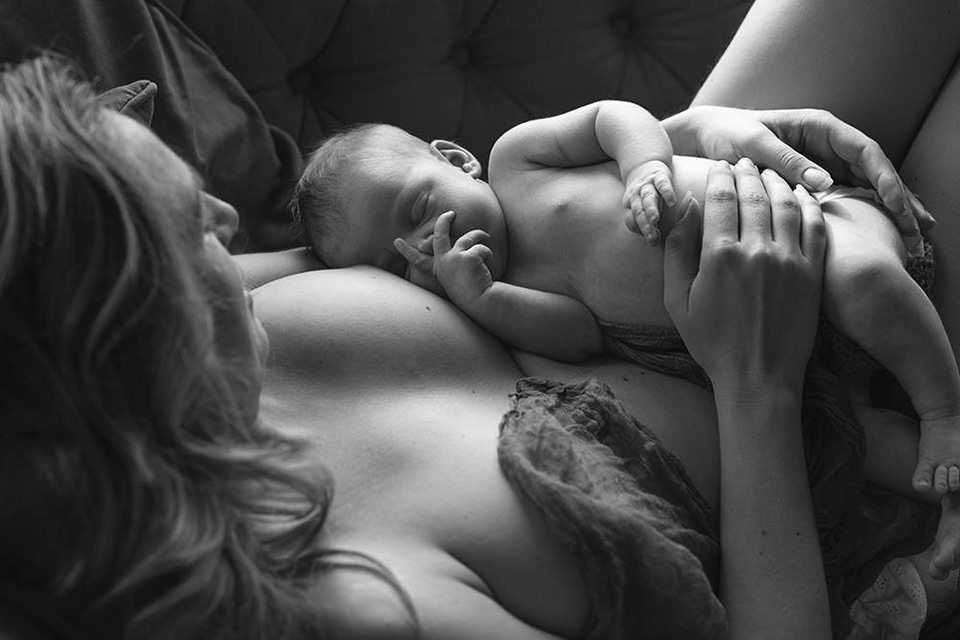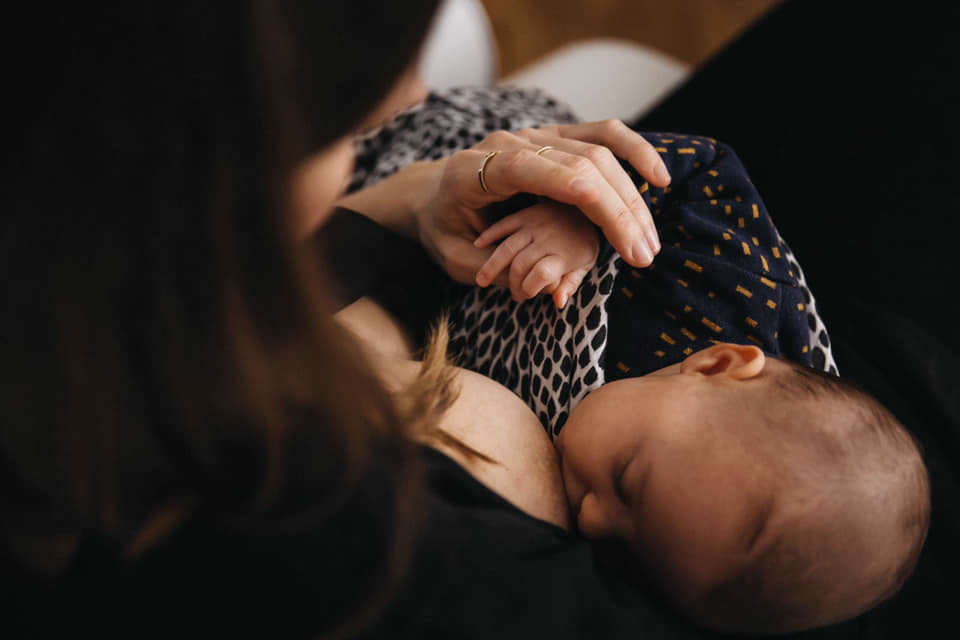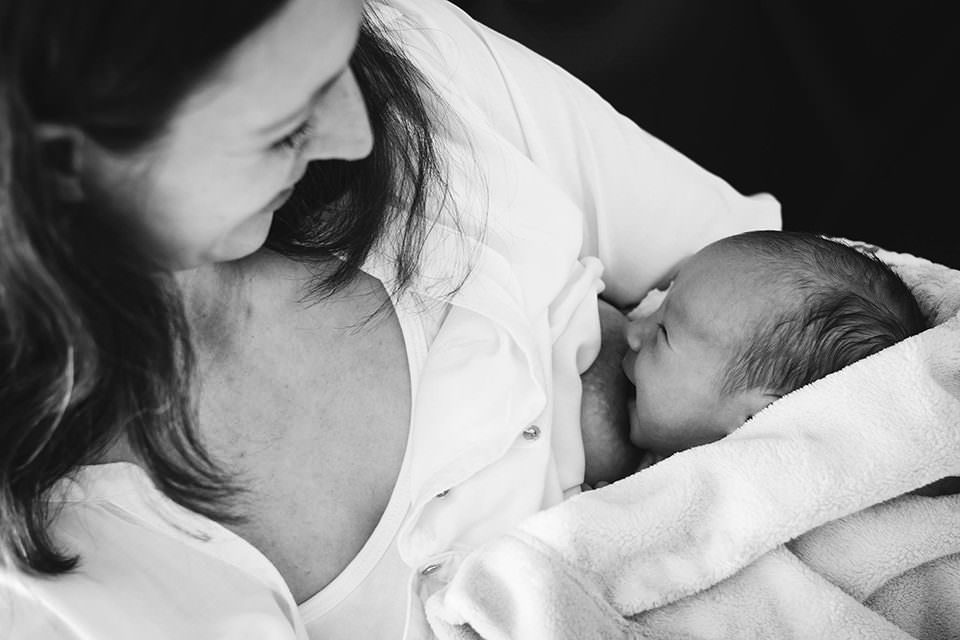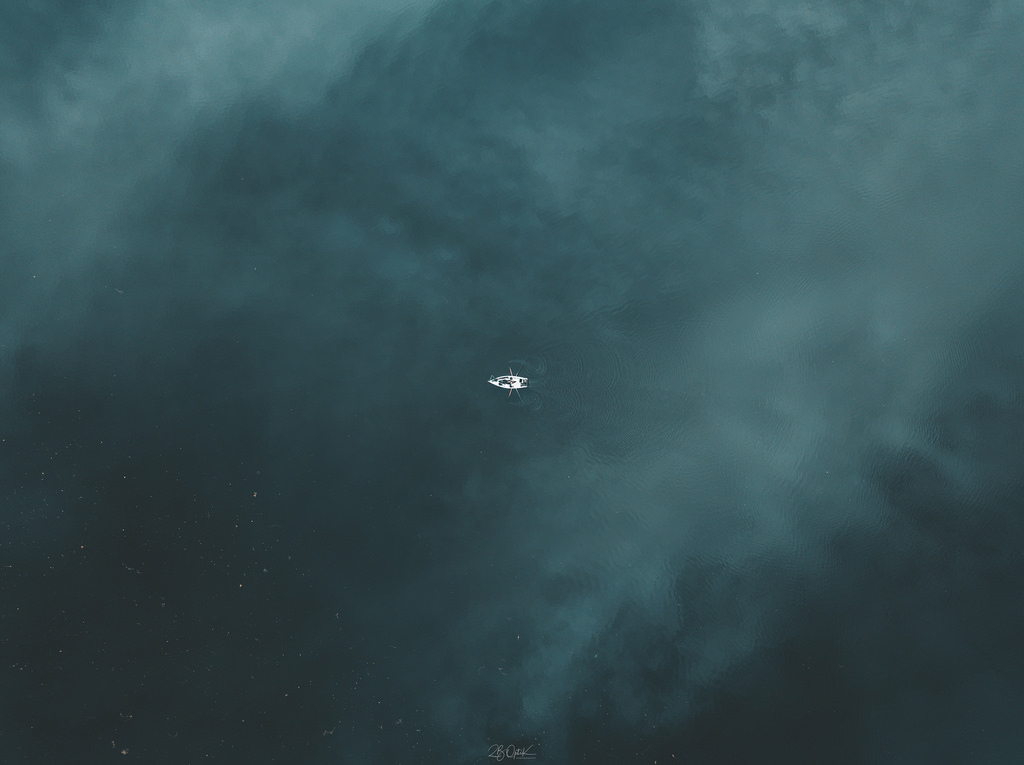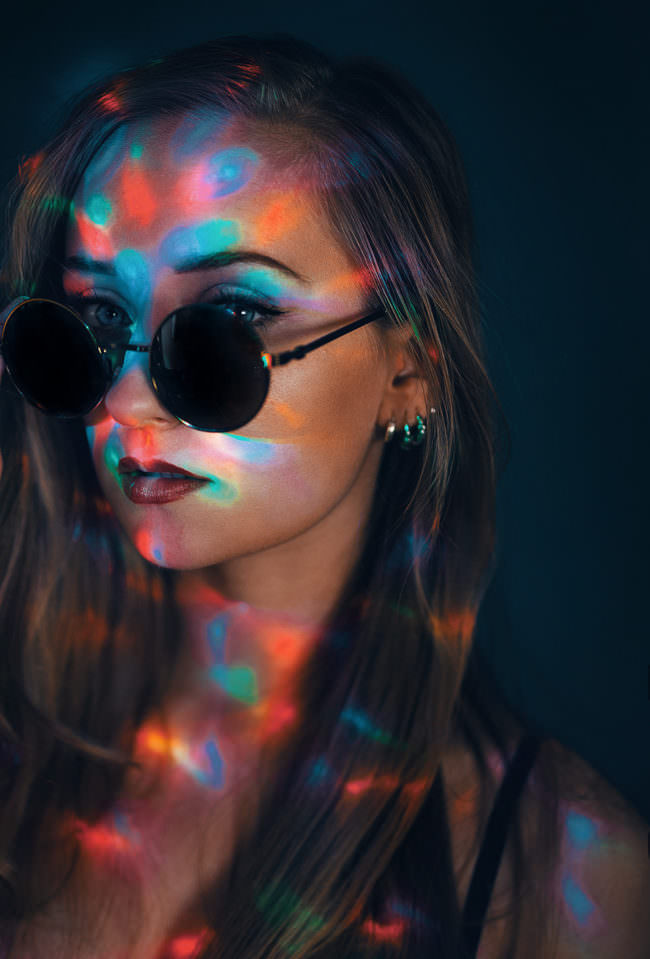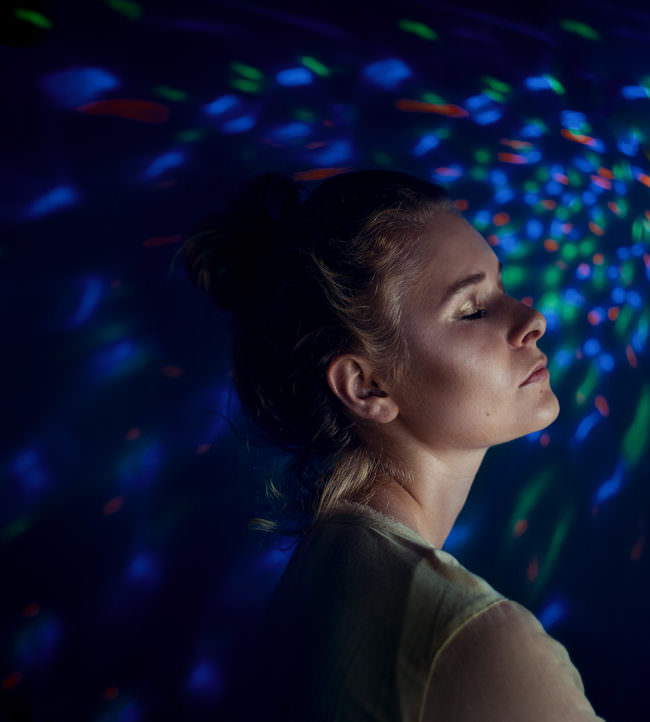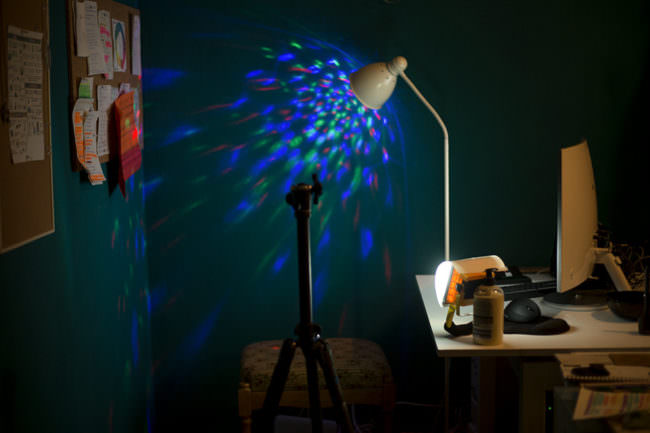Echtes Leben Zeigen – Stillleben
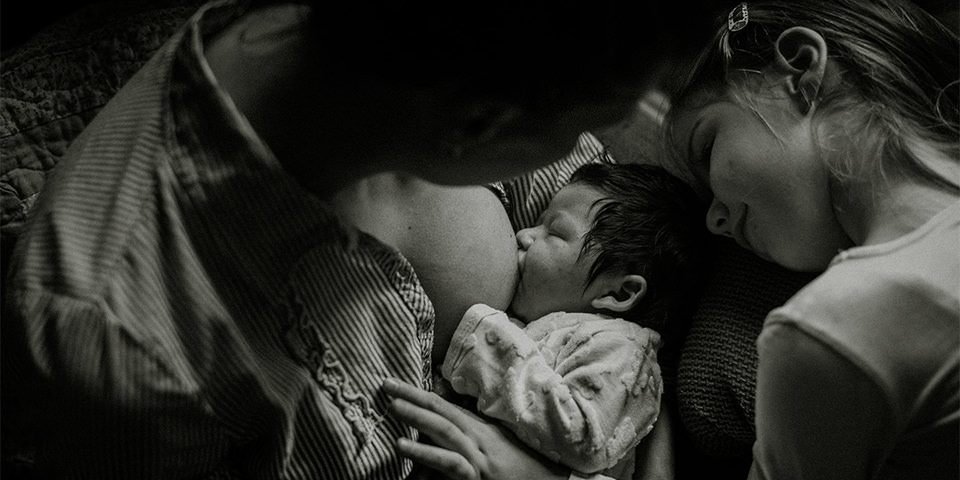
Ein Beitrag von: Echtes Leben Zeigen
Frauen, die stillen, sieht man auch heute noch recht selten in der Öffentlichkeit. Und auch heute noch sehen sich stillende Frauen häufig missbilligenden Blicken, herablassenden Bemerkungen oder gar Anfeindungen ausgesetzt. Auch in den sozialen Medien wie Facebook wurden Bilder stillender Frauen, auf denen die bloße Brust zu sehen war, immer wieder gelöscht und die Konten deswegen blockiert.
Stillen ist das Sinnbild von Leben und Fürsorge, von Mütterlichkeit und Liebe! Und gerade deshalb ist es wichtig, Bilder zu zeigen, die das Muttersein feiern und all jenen etwas entgegensetzen, die vergessen haben, dass sie einem weiblichen Schoß entsprungen sind und an Mamas Busen begonnen haben, die Welt für sich zu entdecken.
Aber auch jenen, die mit dem Fläschchen großgezogen wurden, ist die Brust der Mutter vertrauter als alles andere der Welt. Sie ist der Ort, an dem Geborgenheit gespendet wird, Schutz und Wärme. Sie ist der Ort, wo der Mensch auf das Leben vorbereitet wird.
Stillen ist echtes Leben, Stillen ist ein Menschenrecht!
„Echtes Leben Zeigen“ vereint dokumentarisch arbeitende Fotograf*innen im deutschsprachigen Raum. Mit ihren regelmäßig ausgerufenen Challenges sammeln sie Arbeiten, die bestimmte Themen bearbeiten und veröffentlichen ausgewählte Fotografien auf ihrer Webseite.
kwerfeldein – Magazin für Fotografie http://bit.ly/2GfJGb2
Sourced by Time Trap Photography sharing the best photography tips, news and tricks throughout the industry. Time Trap Photography is dedicated to freezing those special moments in life that can be revisited and admired for generations to come. - Shannon Bourque
Please visit our main site for booking availability and rates.

Receive valuable industry knowledge delivered free to your email each day.


